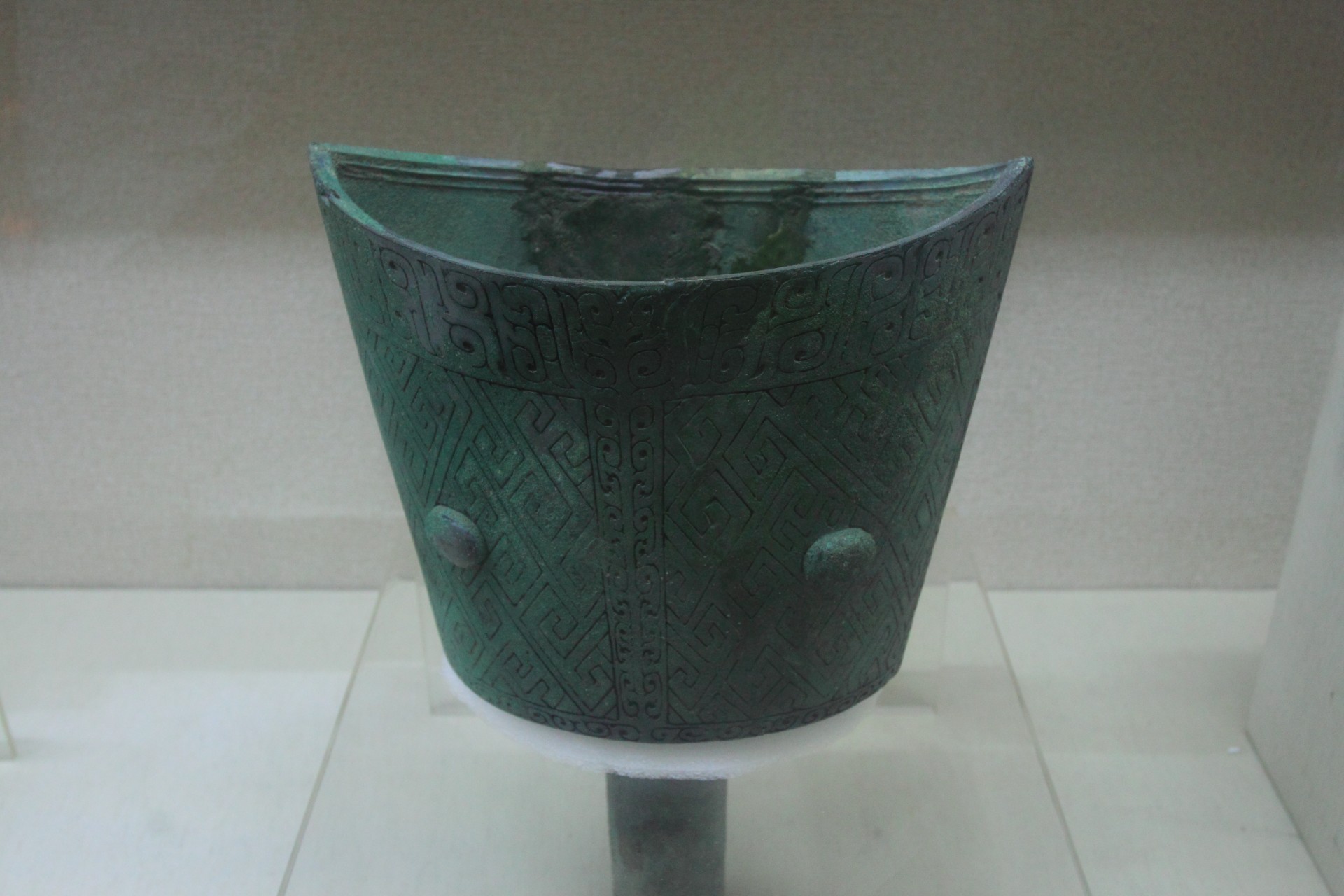Nao's historical development
Buddha, Sanskrit Buddha's translation name. It can be seen from this that the nao was originally used in Buddhist music. It has the same name and the same name as the nao in the Shang Dynasty in my country, which has the same name and has been standing since the Song Dynasty. According to "Song History·Yiwei Zhi" and "Liao Shi·Le Zhi", in the Northern Song Dynasty and the Liao Dynasty, nao was used to promote music in the palace guards of honor.
Regarding the shape of the nao, the Qing Dynasty's "Qing Ding Da Qing Hui Dian" contains: "The nao, Fan Tong is for it, the left and right strikes, the surface diameter is one foot two inches, the middle bulge... The diameter is two inches and four minutes and five centimeters." Since the Song Dynasty, the nao has been It has always been used in the court and the folk. It is an inseparable body-sounding instrument in advocating music, wind and percussion music, gongs and drums, and Buddhist and Taoist music.


The difference between the cymbal and the cymbal is: the surface of the cymbal is thin and warped, the cap is small and the top is flat, and the diameter of the cap is about 1/5 to 1/4 of the full diameter; the surface of the cymbal is thick and flat, the bowl is large and the top is round, and the diameter of the bowl is about 1/2 of the full diameter. Therefore, the folks call the cymbal with the big bowl and the cymbal with the small cap. For cymbals and cymbals of the same size, the sound of the cymbal is lower than that of the cymbal and the lingering sound is longer.
There are large cymbals and medium cymbals, with many specifications and different sizes in different places. The production of the cymbal is the same as that of the cymbal. It needs to be smelted with ingredients, forged and formed, and cold smashed and trimmed. Finally, the top of the hat is drilled and tied with silk. The timbre, volume and transmission distance of the cymbal depend on the copper composition, area, thickness, curvature of the edge and the size of the cap. To distinguish the pros and cons of the cymbal, it is better to have a smooth surface, moderate radian, accurate roundness, and consistent edge thickness, and the size of the hat in the middle and the pitch on both sides should be the same.
 渝公网安备 50010702504639号
渝公网安备 50010702504639号